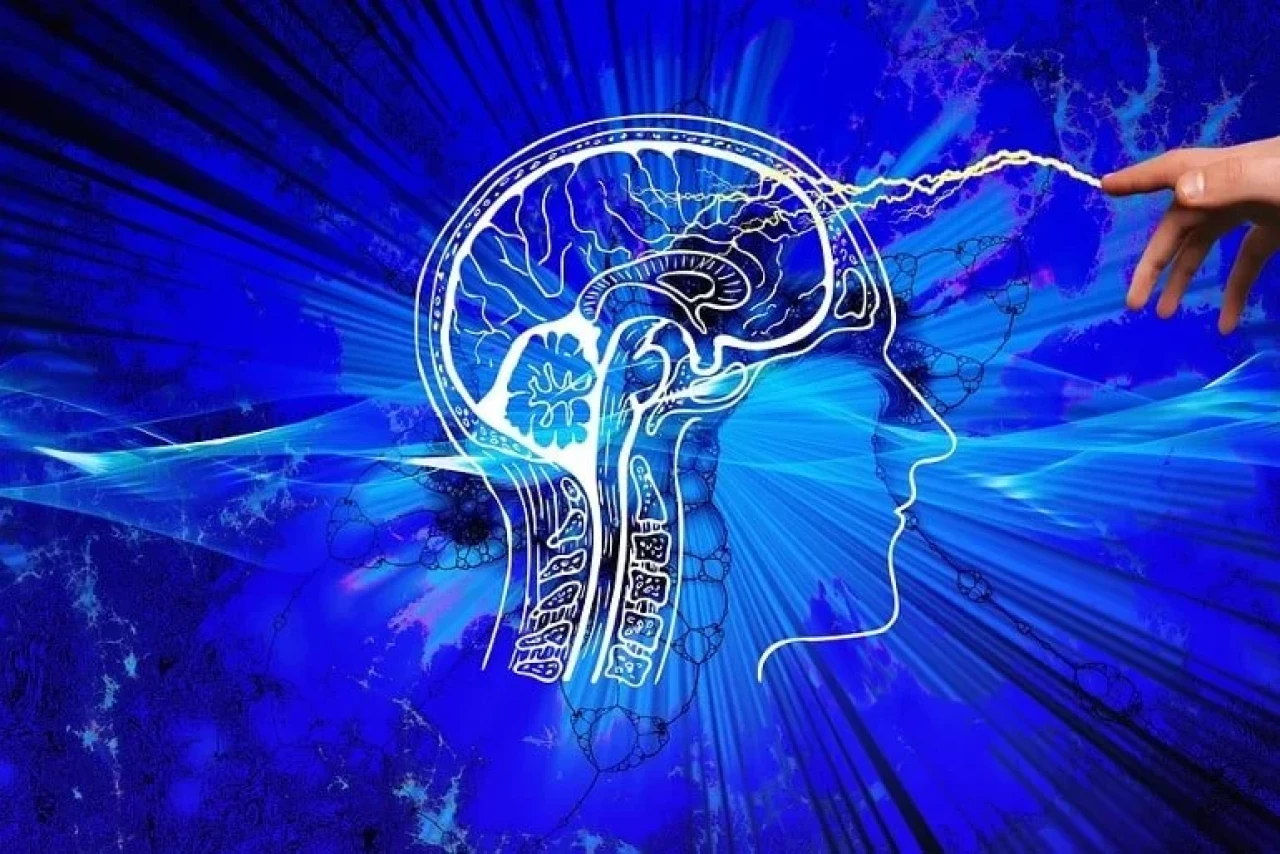Summary: Combining deep-brain stimulation with intracranial EEG, researchers achieved an individualized understanding of specific brain networks that contributed to an individual’s depression symptoms and identified stimulation patterns best suited to each patient for symptom relief.
Source: Baylor College of Medicine
John was awake and alert on the operating table, conscious during brain surgery. But he wasn’t in distress; in fact, he says, “It was suddenly like I was back online.”
John, who suffers from treatment resistant depression (TRD), is the first person to participate in a clinical trial using deep brain stimulation (DBS) to treat TRD led by Dr. Sameer Sheth, associate professor of neurosurgery, Cullen Foundation Endowed Chair, and McNair Scholar at Baylor College of Medicine, Dr. Wayne Goodman, professor and chair of the Menninger Department of Psychiatry and Behavioral Sciences at Baylor, and Dr. Nader Pouratian, professor and chair of neurological surgery at UT Southwestern Medical Center.
Patients are awake during surgery as electrical leads are implanted in their brain. This procedure uses a first-of-its-kind approach that incorporates intracranial electroencephalography (EEG) recordings and stimulation to personalize the understanding of network behavior in the brain during a depressive state and its response to the DBS device.
